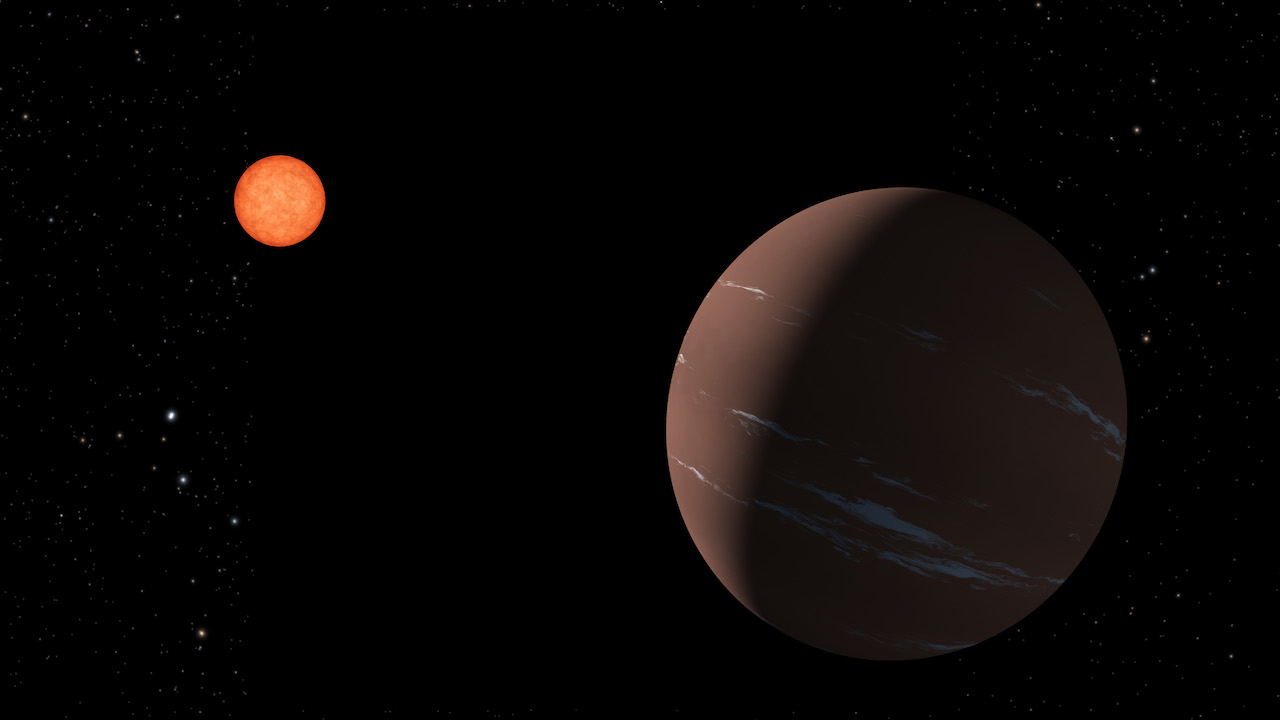The latest addition to the known exoplanets, TOI-715 b, is garnering attention for being potentially habitable. Orbiting a red dwarf, which is smaller and cooler than our Sun, this super-Earth is part of a group of small, rocky worlds that are commonly found around such stars. Red dwarfs have a habitable zone where planets can orbit more closely due to the stars being smaller and cooler. In the case of TOI-715 b, it completes one orbit around its star in just 19 days. This short orbit makes it easier to detect and observe as it frequently crosses in front of its star, a phenomenon known as transiting. The discovery of TOI-715 b was made possible by TESS, the Transiting Exoplanet Survey Satellite, which has been continuously adding to the list of potentially habitable exoplanets since its launch in 2018. Studying such transits for Earth-like planets around Sun-like stars would be challenging with current technology, as it would require waiting for a full year to observe another transit.
Discovery Alert: A ‘Super-Earth’ in the Habitable Zone – NASA Science














